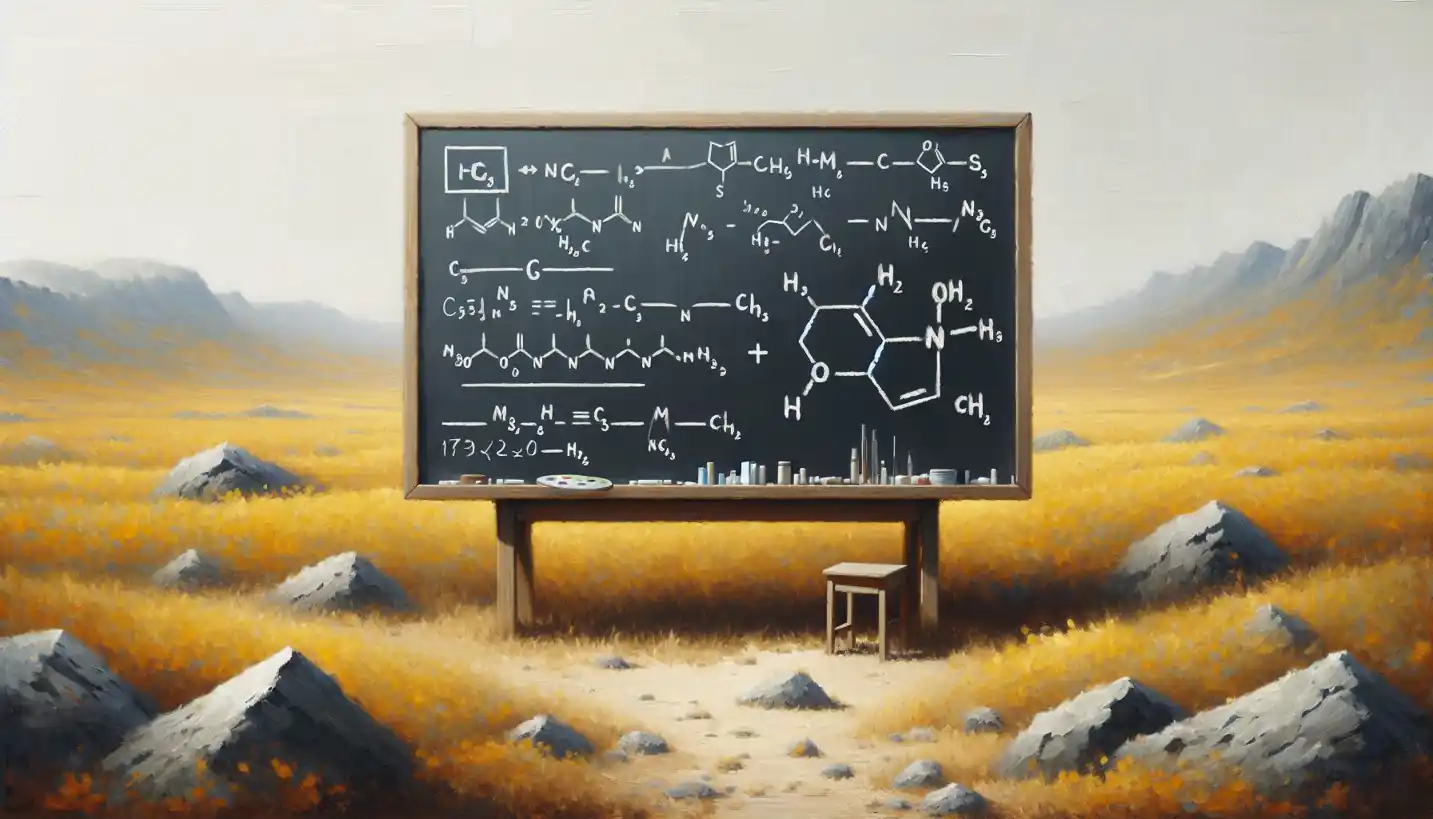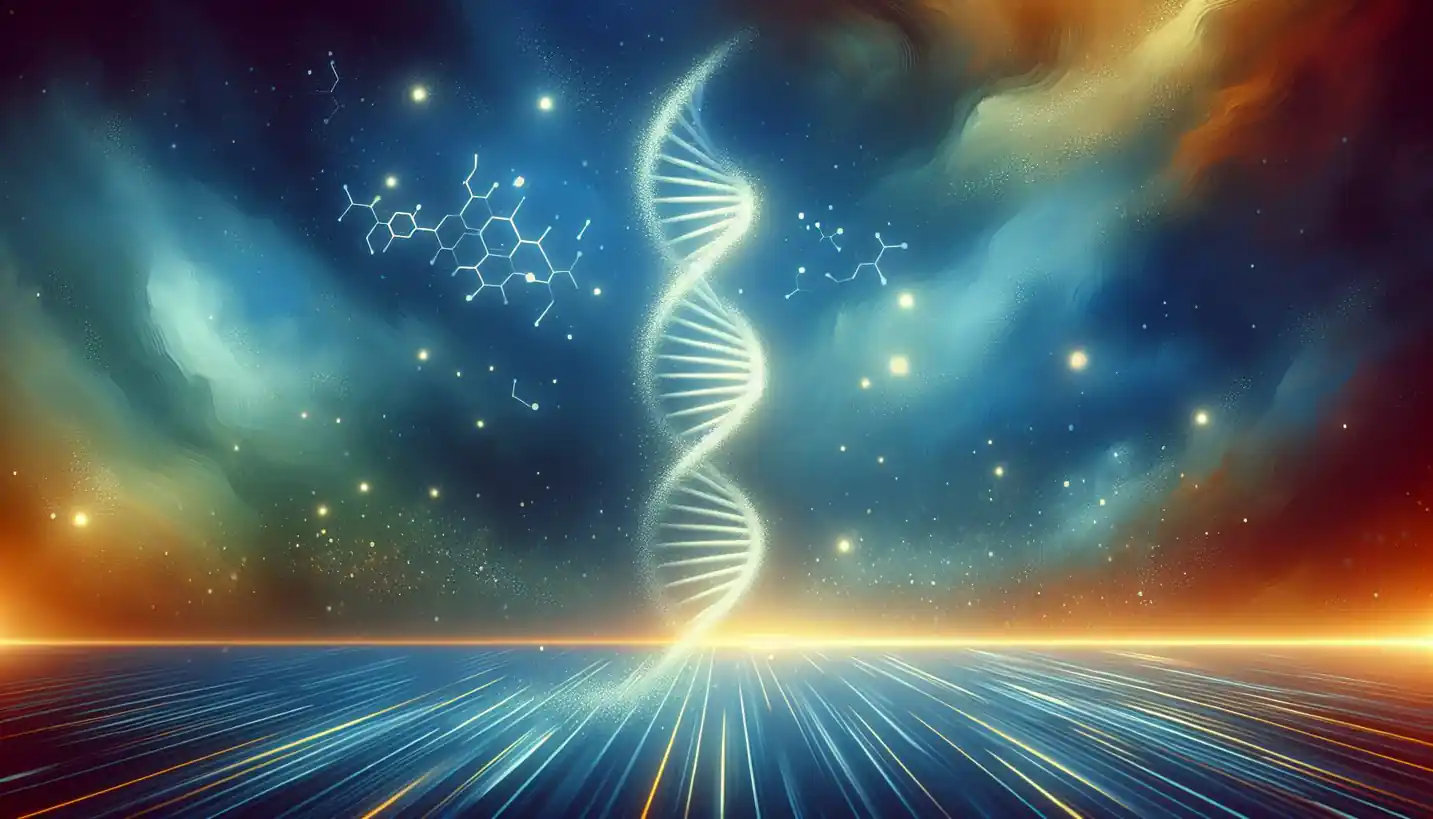· Chemistry · 4 min read
Photochemical Smog: Unraveling the Hazy Puzzle of Urban Pollution
Photochemical smog is a hazy puzzle of pollutants in cities. Discover the chemistry behind this urban environmental challenge.

Every morning, as commuters make their way to work in bustling cities, an invisible yet powerful presence surrounds them. This presence is something we’re staring at through our windshields and breathing in with every gulp of air. It’s called photochemical smog, and it’s a form of pollution that turns our city skylines into hazy horizons. But what exactly is this smog, and why should we care about it?
Photochemical smog is a type of air pollution that’s particularly common in large urban areas. It creates a murky brown haze that obscures the skyline and poses health risks to humans and the environment. The key player in this pollution is sunlight, which combines with pollutants to trigger a series of chemical reactions. If you’ve ever wondered why city air can feel so different from fresh country breezes, photochemical smog is a big part of the answer.
The Chemistry Behind the Clarity
Let’s dive into the science. Photochemical smog is the result of reactions between sunlight and certain types of pollutants, primarily nitrogen oxides (NOx) and volatile organic compounds (VOCs). These pollutants are often emitted by vehicles, factories, and power plants. When the sun’s rays hit these chemicals in the air, it sets off a chain reaction that forms ozone (O3) at ground level. While ozone high up in the atmosphere protects us from harmful UV rays, ground-level ozone is a major component of smog and can be harmful to our health.
It’s a bit like a complex recipe where the main ingredients are vehicle exhaust and sunlight. When mixed, they create a concoction that cloaks cities in a brownish fog—one that’s neither natural nor safe to breathe.
Historical Perspective: Smog Through the Ages
Smog isn’t a new phenomenon. In fact, its origins can be traced back to the industrial revolution when coal-burning was common. Some cities, like London, even earned nicknames like “The Big Smoke” due to their pollution levels. However, the type of smog we’re discussing—photochemical smog—came into widespread public awareness in the mid-20th century, particularly in Los Angeles.
Los Angeles was a perfect storm of factors: plenty of sunshine, lots of cars, and an atmospheric condition called temperature inversion that traps pollution close to the ground. The city’s famous smog problem became a driving force for research and public policy aimed at air quality control.
How Does Photochemical Smog Affect Us?
Smog affects us in several ways, starting with our health. Breathing in ground-level ozone can irritate the airways and cause or worsen respiratory issues like asthma or chronic bronchitis. It can also reduce lung function, making it harder to take in oxygen during physical activities. Children, the elderly, and people with pre-existing health conditions are particularly vulnerable to its effects.
The environment isn’t spared either. Smog can harm plant life, affect ecosystems, and degrade materials like rubber and paint. Furthermore, it can affect visibility, not only creating aesthetic issues but also causing problems like reduced driving safety.
Battling the Smog: Mitigation Efforts
Understanding photochemical smog is one thing, but tackling it is another challenge entirely. Urban planners, scientists, and policymakers have employed various strategies to reduce smog levels. These include adopting cleaner car technologies, like electric or hybrid vehicles, and enforcing regulations that limit industrial emissions.
Public transportation systems also play a crucial role. By reducing the number of cars on the road, cities can decrease the amount of NOx and VOCs that contribute to smog formation. However, despite these efforts, smog remains a problem in many rapidly growing cities around the world.
The Future of Urban Air: A Smog-Free Vision?
Imagine a future where cities are vibrant and clear, unmarred by the murky blankets of smog. This vision drives ongoing research into cleaner technologies and sustainable urban planning. Advances in renewable energy sources, like solar and wind, offer promise. If cities can reduce their reliance on fossil fuels, they may significantly cut down on the pollutants responsible for photochemical smog.
There’s also hope in community involvement. People are becoming more aware of their environmental impact and are pushing for change. From supporting green energy solutions to participating in tree-planting campaigns, individuals can contribute to cleaner air.
Why Should We Care?
The question ultimately comes down to why this matters. Photochemical smog isn’t just a scientific curiosity; it’s a pressing public health issue. It affects millions of lives every day, from the bustling streets of New Delhi to the sprawling cityscapes of Los Angeles. Understanding and mitigating smog is crucial for creating healthier communities and more sustainable urban environments.
So, next time you step outside on a hazy day, remember there’s more to that foggy view than meets the eye. It’s a complex cocktail of chemistry and sunlight, a reminder of our industrial footprint, and an ongoing challenge that calls for innovative solutions.
With science, action, and awareness, we can hope to lift the veil of smog and breathe easier—one clear day at a time.



